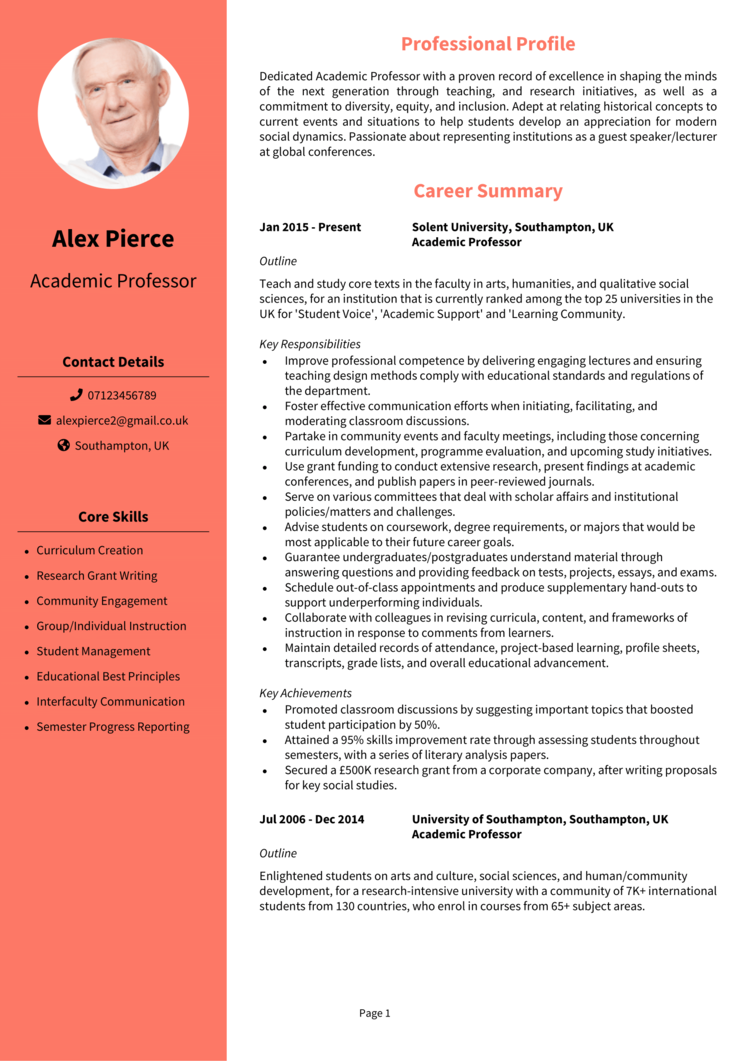
You’re an expert in your field and love teaching your students.
You know you’re a great professor, but does your academic CV accurately reflect this?
Well, if you feel your application isn’t up to scratch, you’re in the right place.
It’s time to let us be the teachers as we share our academic professor CV examples, and guidance on getting noticed by the best academic employers.

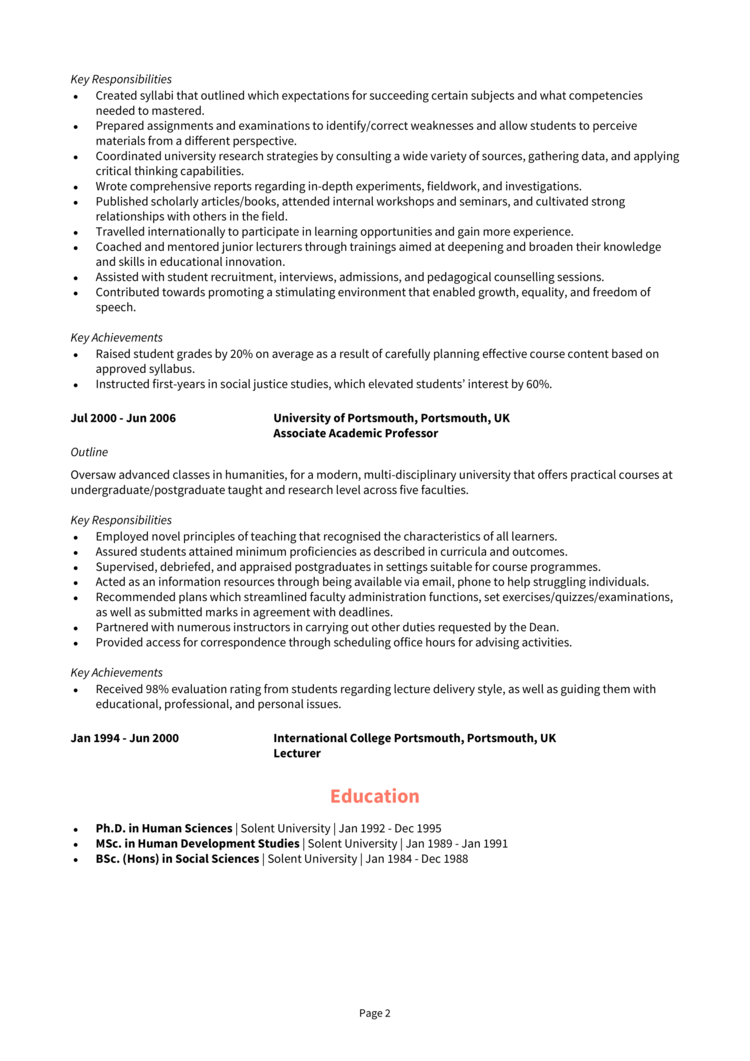
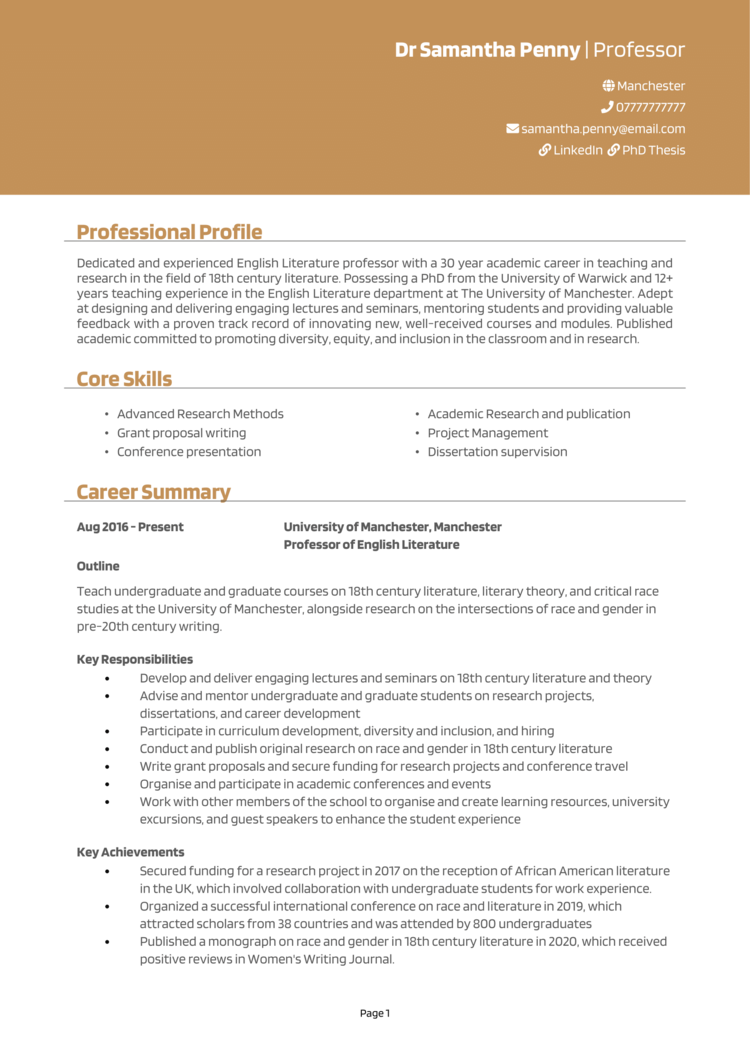
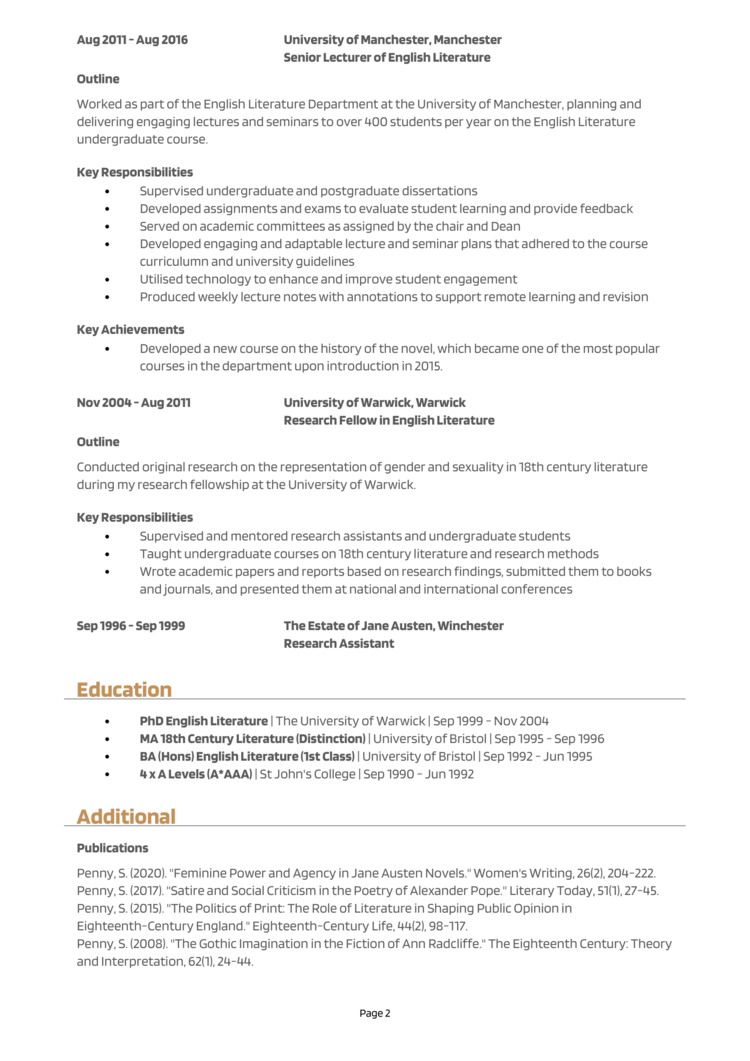
Before you start writing your CV, take a look at the example Academic Professor CV above to give yourself a good idea of the style and format that works best in today’s job market.
Also, take note of the type of content that is included to impress recruiters, and how the most relevant information is made prominent, to ensure it gets noticed.
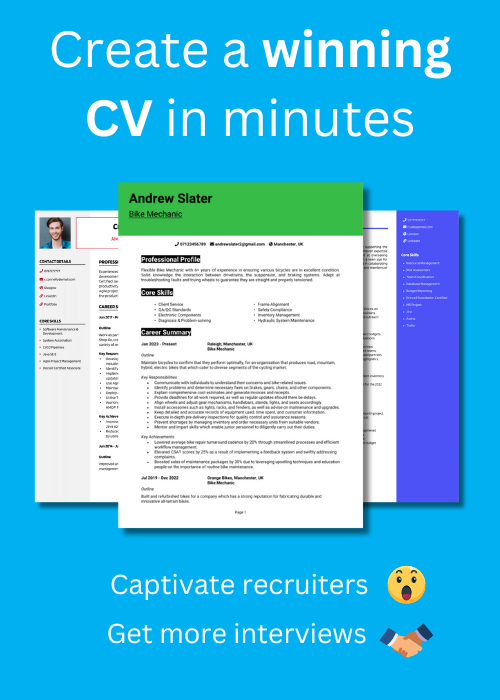

In today’s fast-paced job market, recruiters and employers are often short on time. If they can’t locate the information they’re searching for within a few seconds, it could result in them overlooking your application.
To avoid this happening, it’s critical to structure and format your CV in a way that allows them to quickly identify your key skills and offerings, even when they’re pressed for time.
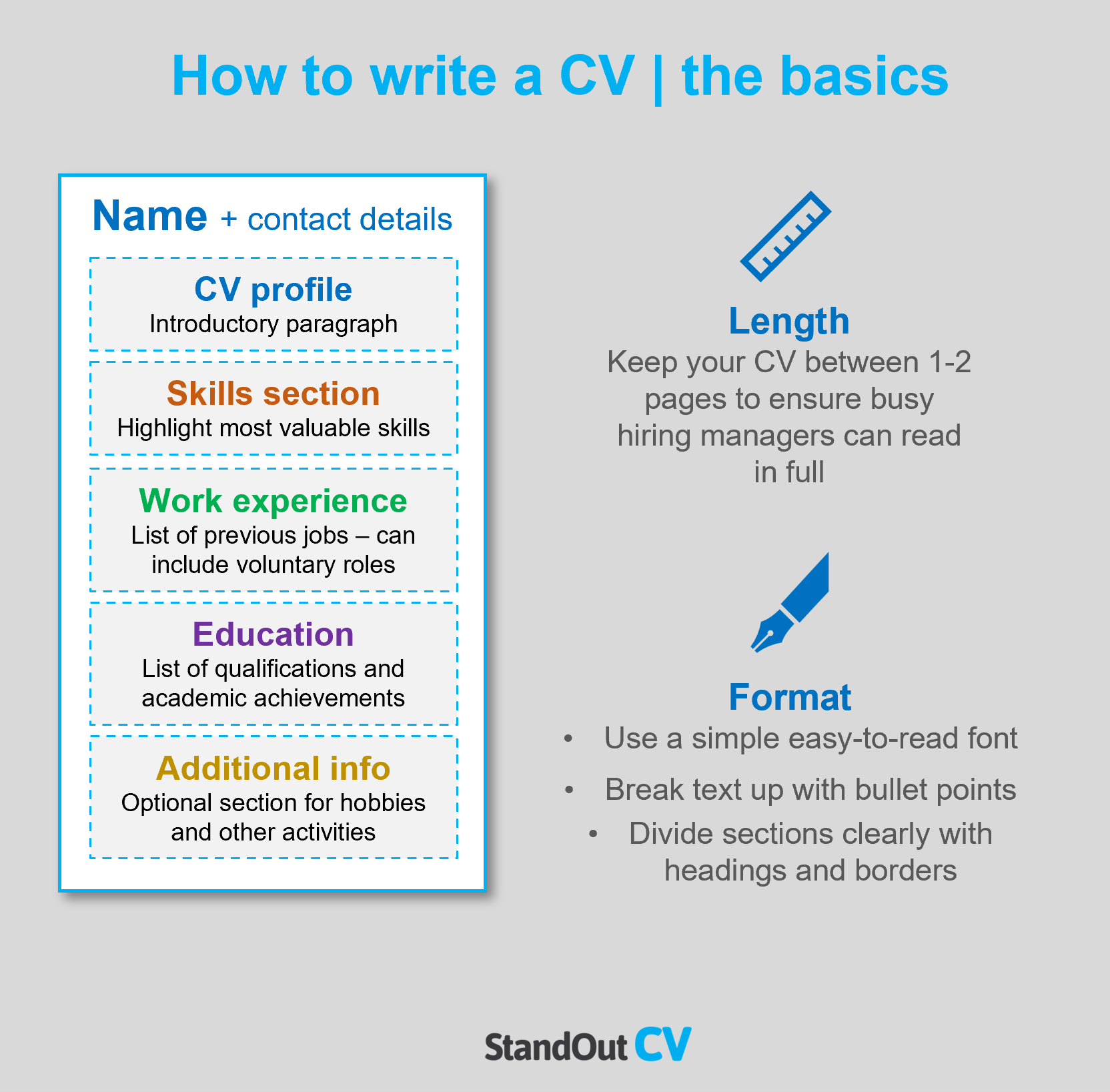
Quick tip: Creating a professional CV style can be difficult and time-consuming when using Microsoft Word or Google Docs. To create a winning CV quickly, try our quick-and-easy CV Builder and use one of their eye-catching professional CV templates.
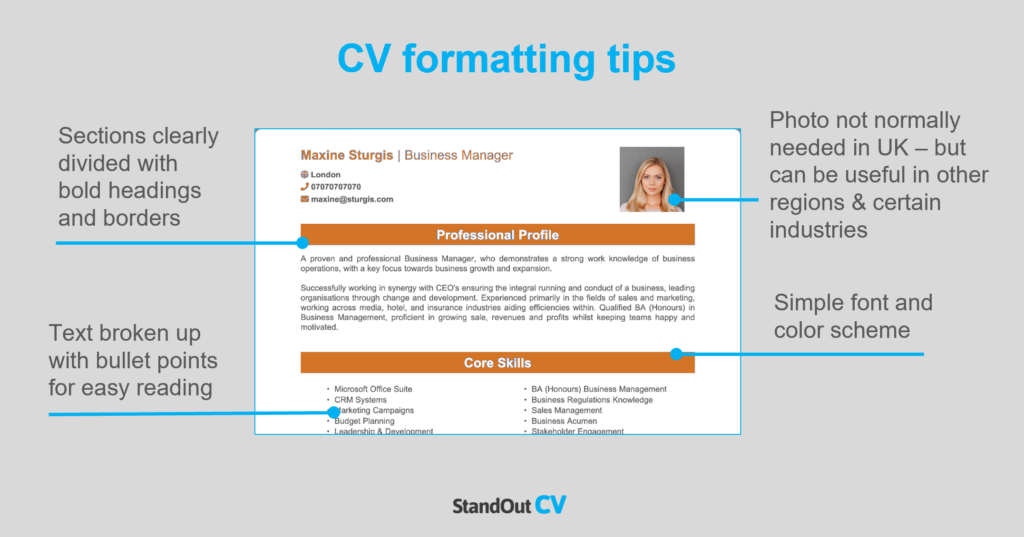
To make it easy for busy recruiters and hiring managers to digest your CV, divide the content into several key sections when writing it:
Now you understand the basic layout of a CV, here’s what you should include in each section of yours.
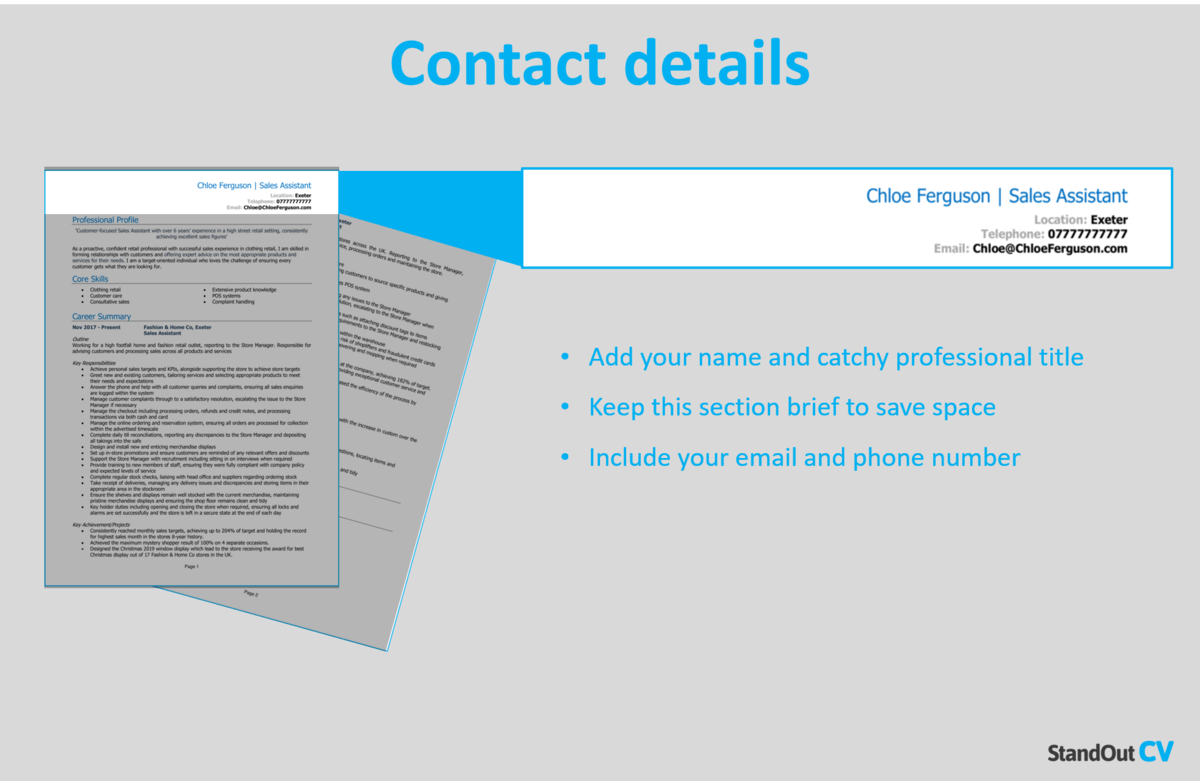
Start off your CV with a basic list of your contact details.
Here’s what you should include:
Quick tip: Delete excessive details, such as your date of birth or marital status. Recruiters don’t need to know this much about you, so it’s best to save the space for your other CV sections.
Your CV profile is the first thing recruiters will read – so your goal is to give them a reason to read onto the end of the document!
Create a short and snappy paragraph that showcases your key skills, relevant experience and impressive accomplishments.
Ultimately, it should prove to the reader that you’ve got what it takes to carry out the job.
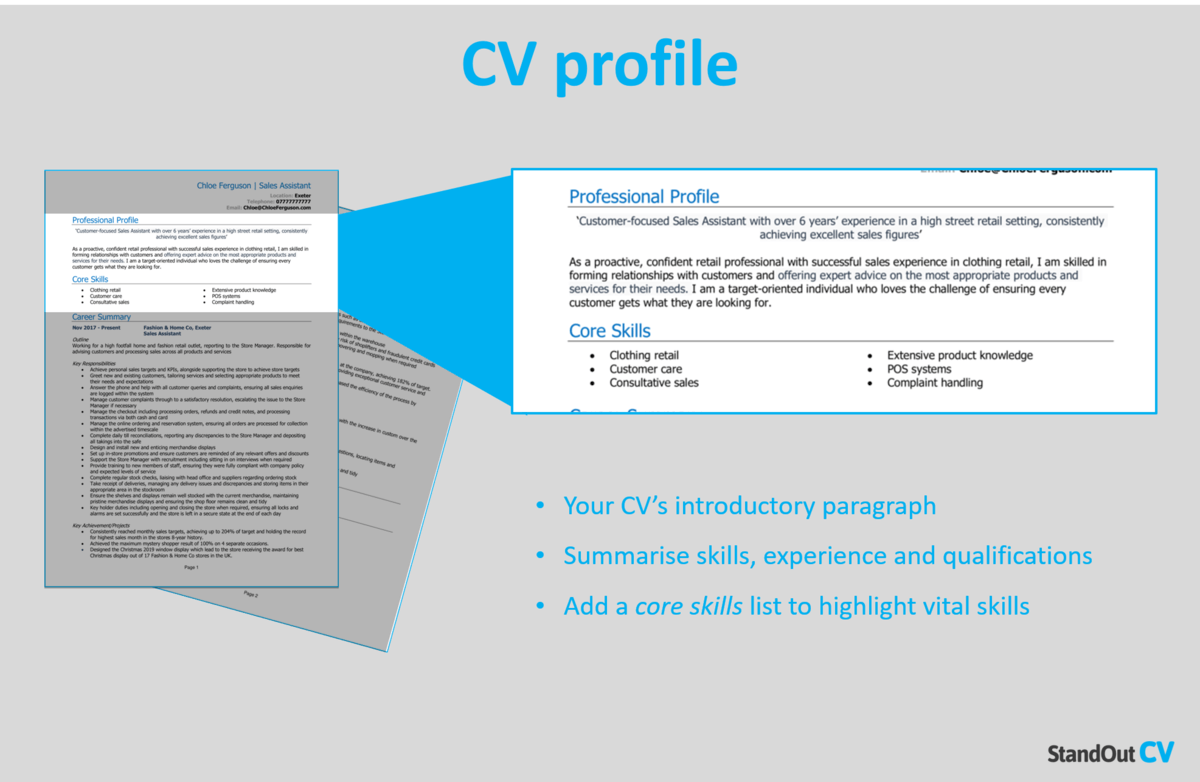
How to write a good CV profile:
Dedicated Academic Professor with a proven record of excellence in shaping the minds of the next generation through teaching, and research initiatives, as well as a commitment to diversity, equity, and inclusion. Adept at relating historical concepts to current events and situations to help students develop an appreciation for modern social dynamics. Passionate about representing institutions as a guest speaker/lecturer at global conferences.
Quick tip: If you are finding it difficult to write an attention-grabbing CV profile, choose from hundreds of pre-written profiles across all industries, and add one to your CV with one click in our quick-and-easy CV Builder. All profiles are written by recruitment experts and easily tailored to suit your unique skillset.
To ensure that your most relevant skills catch the eye of readers, create a core skills section below your profile.
This section should be presented in 2-3 columns of bullet points highlighting your applicable skills. Before crafting this section, carefully examine the job description and create a list of any required skills, specialisms, or knowledge.
Use this list to include the necessary information in your section and present yourself as the ideal match for the position.
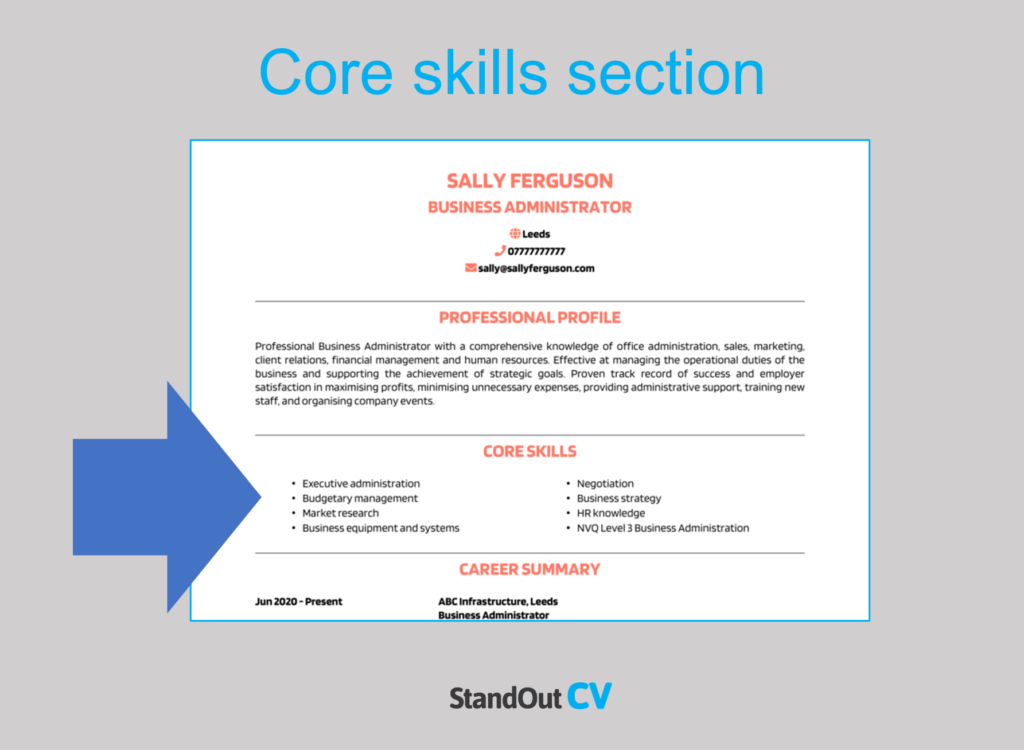
Subject matter expertise – Maintaining an in-depth knowledge and expertise in the specific field of study, demonstrating a strong command of the subject matter.
Research – Conducting high-quality research, including designing studies, collecting and analysing data, and publishing research findings.
Teaching and instruction – Utilising effective teaching skills, including curriculum design, lesson planning, classroom management, and engaging students in meaningful learning experiences.
Complex communication – Delivering lectures, explaining complex concepts, engaging in academic discussions, and providing constructive feedback to students.
Critical thinking and problem resolution – Thinking critically, analysing information, and solving problems related to the field of expertise, both in research and teaching.
Academic writing and publishing – Producing scholarly articles, research papers, and other publications that contribute to the advancement of knowledge in the field.
Mentorship – Serving as a mentor and advisor to students, guiding them in their academic and career development, providing guidance, and offering support and mentorship.
Collaboration – Collaborating with colleagues and researchers within and outside of the institution, engaging in collaborative research projects and interdisciplinary initiatives.
Lifelong learning – Remaining committed to continuous learning, staying updated with the latest advancements in the field, attending conferences, and pursuing professional development opportunities.
Quick tip: Our quick-and-easy CV Builder has thousands of in-demand skills for all industries and professions, that can be added to your CV in seconds – This will save you time and ensure you get noticed by recruiters.


Next up is your work experience section, which is normally the longest part of your CV.
Start with your current (or most recent) job and work your way backwards through your experience.
Can’t fit all your roles? Allow more space for your recent career history and shorten down descriptions for your older roles.
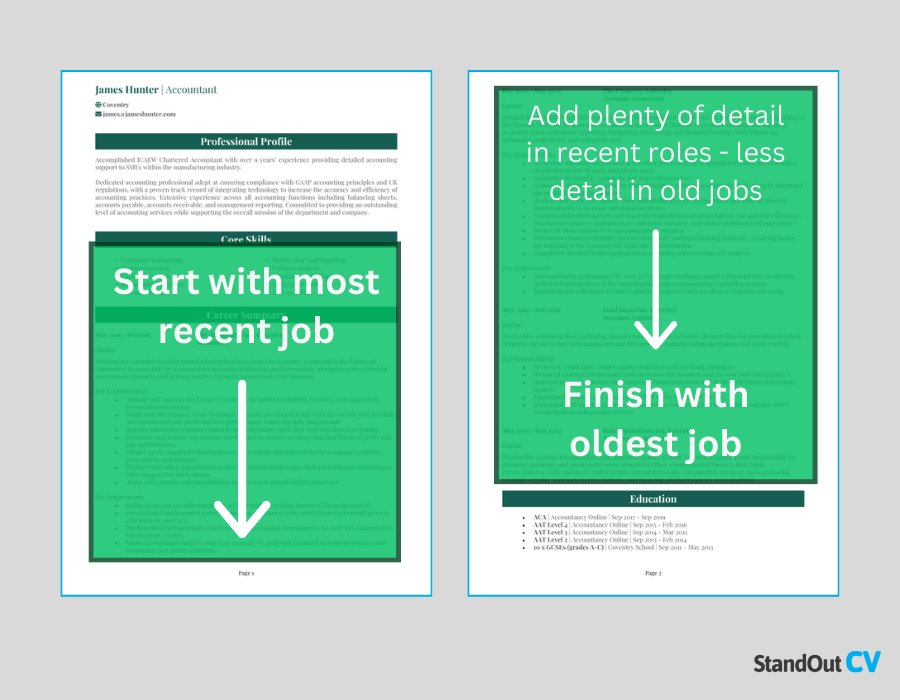
Recruiters will be keen to gain a better idea of where you’ve worked and how you apply your skill-set in the workplace.
However, if they’re faced with huge, hard-to-read paragraphs, they may just gloss over it and move onto the next application.
To avoid this, use the simple 3-step role structure, as shown below:
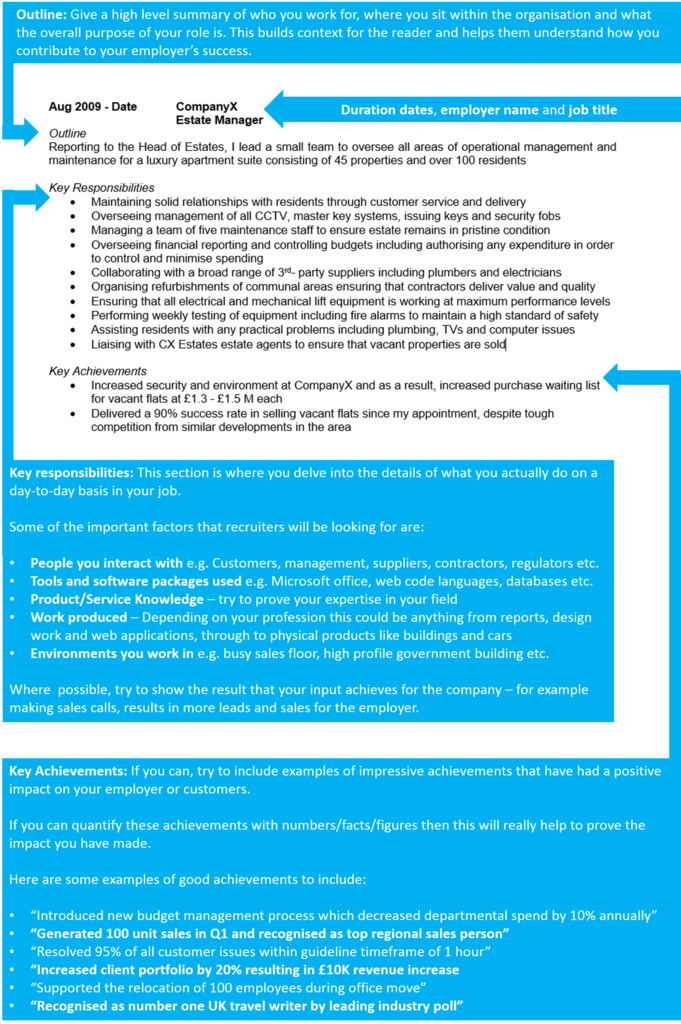
Outline
Start with a 1-2 sentence summary of your role as a whole, detailing what the goal of your position was, who you reported to or managed, and the type of organisation you worked for.
Key responsibilities
Next up, you should write a short list of your day-to-day duties within the job.
Recruiters are most interested in your sector-specific skills and knowledge, so highlight these wherever possible.
Key achievements
To finish off each role and prove the impact you made, list 1-3 stand out achievements, results or accomplishments.
This could be anything which had a positive outcome for the company you worked for, or perhaps a client/customer.
Where applicable, quantify your examples with facts and figures.
Outline
Teach and study core texts in the faculty in arts, humanities, and qualitative social sciences, for an institution that is currently ranked among the top 25 universities in the UK for ‘Student Voice’, ‘Academic Support’ and ‘Learning Community.
Key Responsibilities
Quick tip: Create impressive job descriptions easily in our quick-and-easy CV Builder by adding pre-written job phrases for every industry and career stage.
In your education section, make any degrees, qualifications or training which are relevant to Academic Professor roles a focal point.
As well as mentioning the name of the organisation, qualification titles and dates of study, you should showcase any particularly relevant modules, assignments or projects.
Although this is an optional section, it can be useful if your hobbies and interests will add further depth to your CV.
Interests which are related to the sector you are applying to, or which show transferable skills like leadership or teamwork, can worth listing.
On the other hand, generic hobbies like “going out with friends” won’t add any value to your application, so are best left off your CV.


Once you’ve written your Academic Professor CV, you should proofread it several times to ensure that there are no typos or grammatical errors.
With a tailored punchy profile that showcases your relevant experience and skills, paired with well-structured role descriptions, you’ll be able to impress employers and land interviews.
Good luck with your next job application!